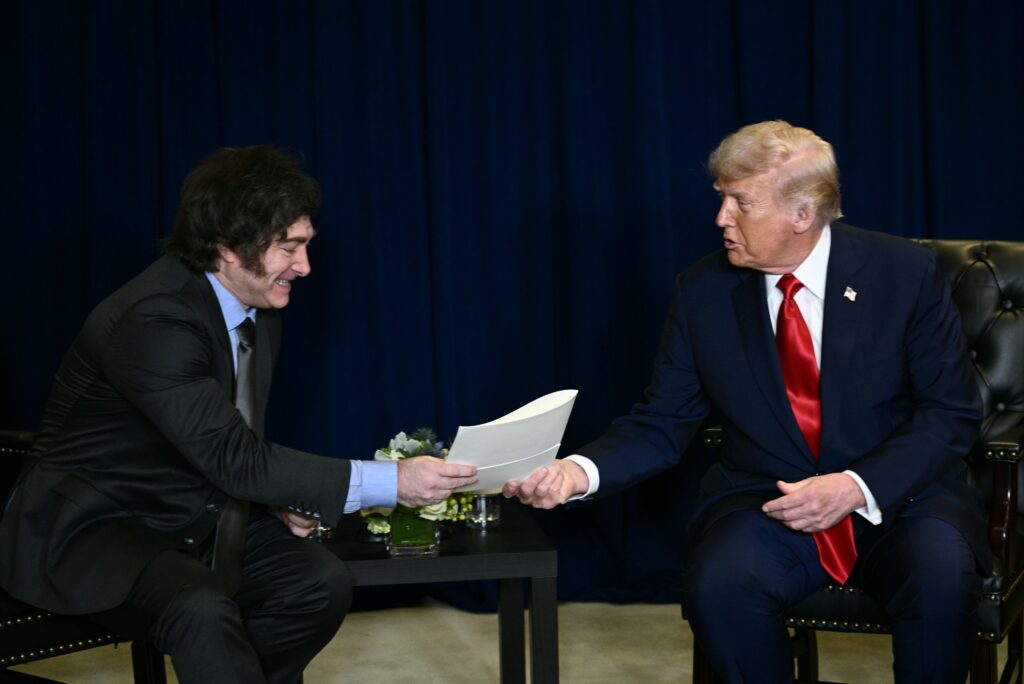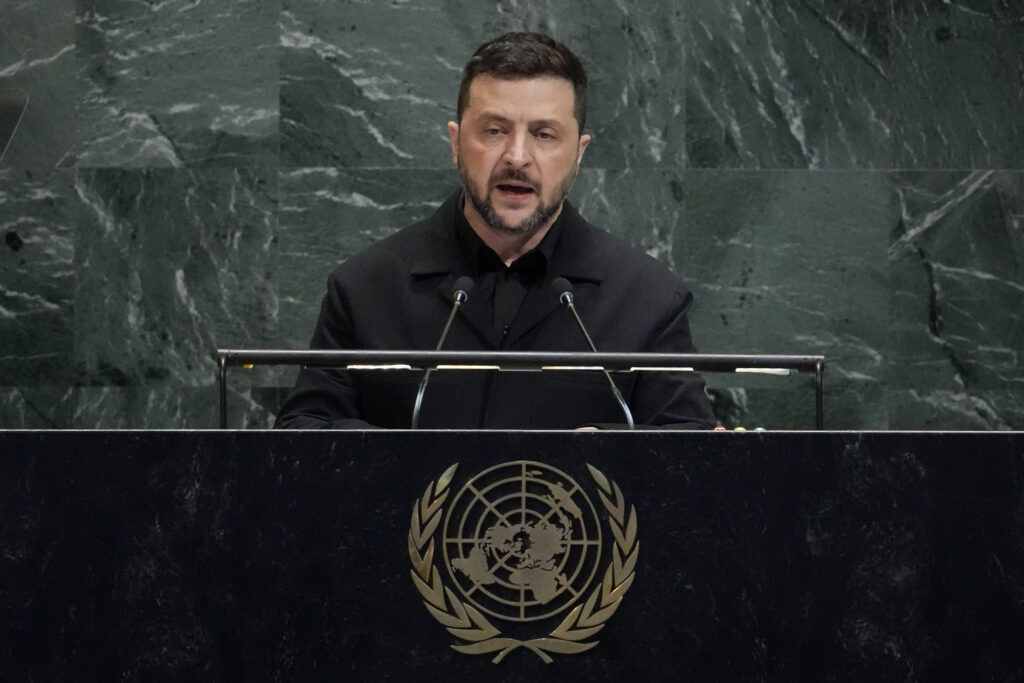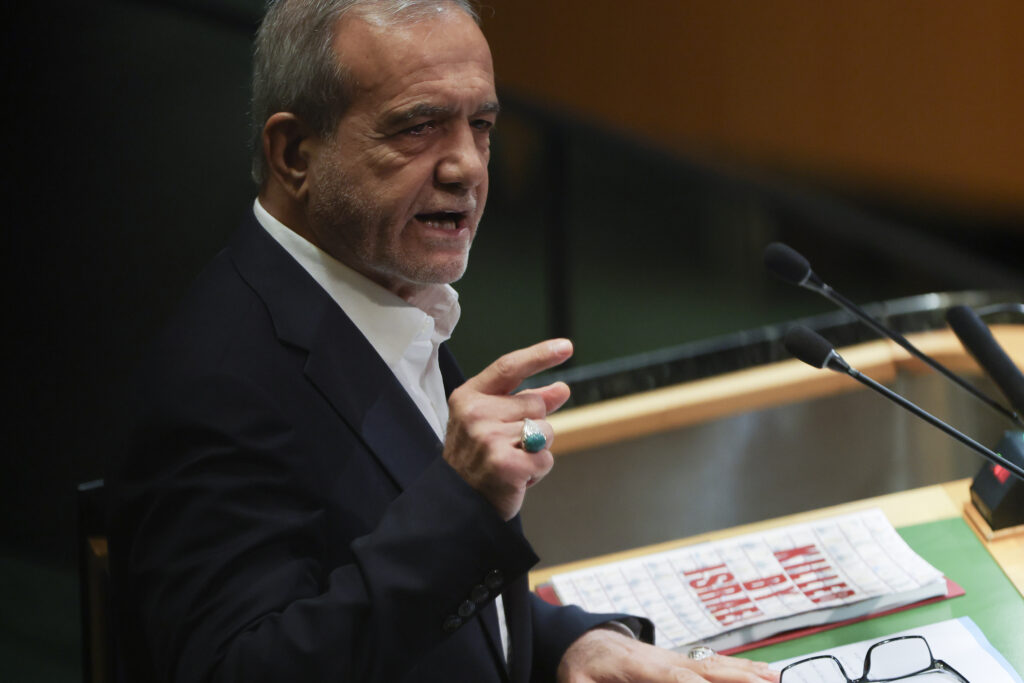US Treasury in talks with Argentina on $20bn support
The United States said Wednesday it was in talks with Argentina on a $20 billion program of economic support, buoying the South American nation’s markets and embattled leader Javier Milei.The right-wing Milei, a close ally of US President Donald Trump, has been struggling to ease market jitters ahead of midterm elections, which could determine the future of his austerity agenda.The battered peso rebounded after US Treasury Secretary Scott Bessent announced his department was negotiating with Argentine officials on “a $20 billion swap line.”Argentina’s currency rose 1.8 percent to 1360 pesos to the dollar on the announcement, which came a day after Bessent and Trump held talks with Milei in New York.Since Friday, the peso has gained over 10 percent.Bessent added that Washington was also ready to buy Argentina’s dollar bonds, among other measures.”As President Trump has stated, we stand ready to do what is needed to support Argentina,” he wrote on X.Milei thanked the US president and Bessent for their “support and confidence.”In a later address to the UN General Assembly in New York, he lavished praise on Trump for saving the United States and the world from “catastrophe,” citing the Republican president’s migration and trade policies.”We are not…the only ones making the difficult decisions demanded by this historical moment,” he said. “President Trump, in the United States, also understands that it is time to reverse a dynamic that was leading the United States to a catastrophe, and we know that a catastrophe in the United States is a global catastrophe,” he added.- ‘Inherited a mess’ -Swap lines are transactions that usually involve two central banks agreeing to swap their currencies at a set exchange rate for a specified period.It is unclear, however, whether the talks with Argentina involve the US Federal Reserve.Bessent also said Washington was prepared to deliver “stand-by credit” from the Treasury’s exchange stabilization fund.Milei on Wednesday also met Kristalina Georgieva, the managing director of the International Monetary Fund (IMF) with which Argentina concluded a $20 billion loan agreement in April.”Very constructive meeting,” she wrote on X afterward.”We stand with Argentina as it implements policies to safeguard stability, reduce inflation, rebuild reserves, and boost growth prospects,” she added.During his talks with Milei on Tuesday, Trump had sought to downplay his ally’s woes, promising “help” while saying: “I don’t think they need a bailout.””He, like us, inherited a mess and what he’s done to fix it is good,” Trump told reporters.- Top Democrat against ‘bailout’ -Milei’s election was cheered by investors in 2023 but he has begun to hemorrhage support after two years of biting austerity and a corruption scandal involving his sister.His party was beaten by the center-left Peronist movement in Buenos Aires provincial elections on September 7.The vote, which sent the peso into a tailspin, was seen as a litmus test for national legislative elections scheduled for October 26.Milei has accused the opposition of deliberately stoking “panic” to weaken him.The Trump administration’s plans to use Treasury funds to smooth his path to the elections raised eyebrows domestically. Senator Elizabeth Warren, the top Democrat on the Senate Banking Committee, wrote a letter dated Monday to Bessent seeking further information about a potential “bailout” of Argentina.”It is deeply troubling that the president intends to use significant emergency funds to inflate the value of a foreign government’s currency and bolster its financial markets,” she said.Bessent shot back at Warren’s criticism, saying she and others “failed to act when presented with a historic opportunity to stabilize Latin America economically and geopolitically during the Obama years.”





